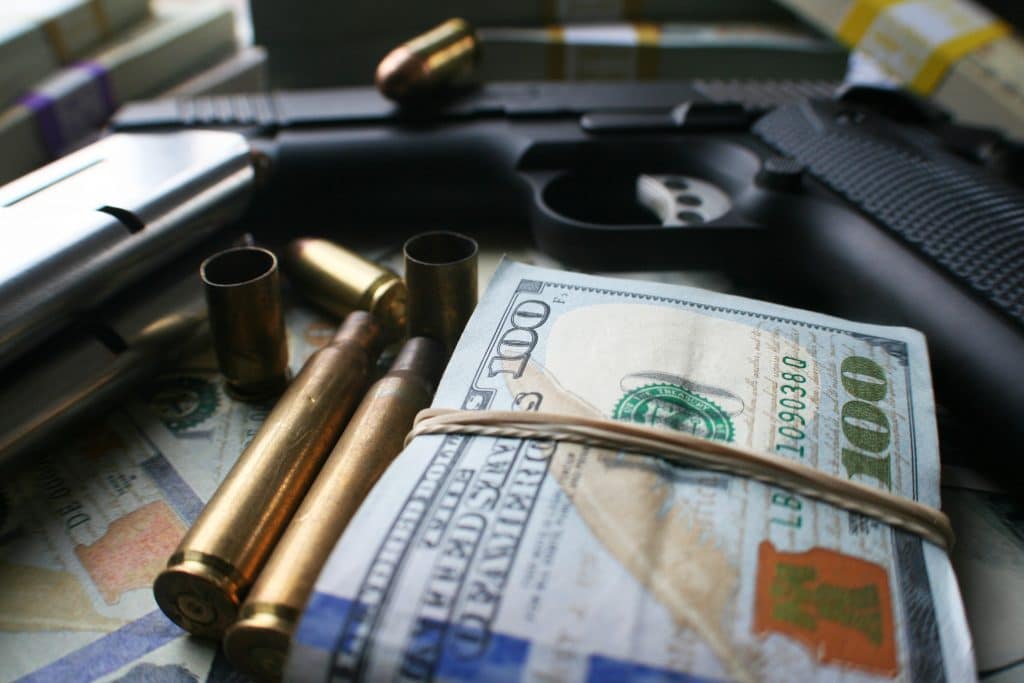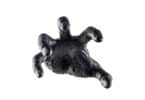In the world of illegal substances, drug cartels are the kingpins. If you’ve ever heard of Pablo Escobar and his Medellin Cartel in Colombia, then you’ll have heard of these organizations. But that was then and this is now. Who are the current drug cartels to look out for? But not only that, what actually are they? We’re going to be explaining how drug cartels work, how they thrive and how they do or don’t get caught.
We will also take a look into the effects that drug cartels have on normal people. In a world run by strict law, many wonder how these organizations manage to fruitfully exist. As always, strap yourselves in, and let’s delve deep.
Drug Cartels: What are they?
A cartel, of any sort, is a group of participants in an industry who have made it their aim to stop competition in their sector. They want to be the complete monopoly. This is done through price fixing, regulating the output of the entire industry, rigging bids and many other methods. This is already illegal, but of course when you add drugs to the mix it does become that even bit more exciting. A drug cartel is a criminal organization that is involved in the production, distribution, and sale of illegal drugs.
These organizations often have a hierarchical structure and use violence, corruption, and intimidation to maintain control and protect their interests. These groups will have exclusive relationships with their suppliers, which allows them to buy it at the cheapest price, and sell it at a rate that they can choose. When any company has a monopoly – like if you’ve ever played the board game – they have the power. Does this sound familiar to you?
Goals of Drugs Cartels
The primary goal of a drug cartel is to make a profit by producing and selling illegal drugs. To achieve this goal, they engage in a variety of illegal activities, including drug production and distribution, money laundering, and bribery. Cartels also seek to maintain their power and control over the drug trade, using violence and corruption to eliminate competitors and law enforcement threats. The Washington Post writes:
“The underground economy for drugs is huge. The United Nations estimated in a 2011 report that worldwide proceeds from drug trafficking and other transnational organized crime were equivalent to 1.5 percent of global GDP, or $870 billion in 2009.”

It is also believed that Mexican drug cartels make around 500 billion dollars a year. This is more than Walmart or any large business in the world. However, it’s obviously hard to pin down an exact number – these are all projections. Nonetheless, you can see clearly that the goals are clear: make money, maintain a monopoly on the industry, and avoid law enforcement threats.
How Drug Cartels Operate
Drug cartels typically have a hierarchical structure with a clear chain of command. At the top of the organisation is a leader (Escobar for example) who holds significant power and is responsible for making major decisions. Below the leader are several key members who are responsible for overseeing various aspects of the cartel’s operations, such as production, distribution, and finance. These members are then responsible for managing lower-level members who carry out the day-to-day operations of the cartel. It doesn’t sound too dissimilar from any legal company, does it? The pyramid business model exists everywhere. Tom Wainwright, a writer for the Economist, found a similarity between companies like Walmart and ‘Narconomics’. He wrote:
“They say that in certain industries, Wal-Mart is effectively the only buyer in the industry. So if there’s some disruption to supply, let’s say the harvest fails for apples or something like that, apple growers aren’t able to increase their prices because Wal-Mart is the only buyer and they say, “Well, sorry, but this is our price and if you don’t want to sell to us, well, tough.” So the sellers have to carry on selling it at the same price as before. It seemed that something similar might be going on in the cocaine industry.”
Thank you for stopping in. Head over to the Cannadelics Weekly Newsletter for direct updates; and get access to awesome deals on cannabis buds, vapes, edibles, smoking devices and equipment, cannabinoid compounds, and some psychedelic products! Go get high responsibly!
Tesco, Walmart, Amazon – all of these companies have monopolies in their fields. We argue that we exist in a free-market, where anyone can compete for a place in the industry, but this simply isn’t true. The power that drug cartels have over the illegal substance industry isn’t dissimilar from the power that legal big businesses have over theirs. Maybe there’s less violence and shoot-outs but, then again, have you heard of 0 hour contracts and underpaid labour? That’s not to defend drug cartels, it’s simply to highlight that the business model exists in the legal world too.
Drug cartels use a variety of methods to produce and distribute drugs, including cultivating and processing illegal drugs such as marijuana and cocaine. They often rely on a network of suppliers and intermediaries to transport drugs from production sites to distribution points. Cartels also use sophisticated methods to conceal their operations, such as using hidden compartments in vehicles, encrypted communications, and money laundering.
Violence and corruption are two common tactics used by drug cartels to maintain control and protect their interests. Cartels use violence to intimidate competitors and law enforcement, as well as to eliminate perceived threats. They also use bribery and corruption to gain the cooperation of public officials and undermine the effectiveness of law enforcement. These tactics often result in widespread violence and destabilization in areas controlled by drug cartels, causing significant harm to local communities and economies.
History of Drug Cartels
Drug cartels have existed for several decades and have been a significant problem in many countries, particularly in Latin America. Some of the most notorious drug cartels in recent history include the Medellin Cartel in Colombia and the Sinaloa Cartel in Mexico. These organisations have been responsible for significant violence and destabilisation in the regions where they operate, as well as for the widespread distribution of illegal drugs.
The Mafia played their part in the 1950s and Pablo Escobar mastered the game in the 70s. In fact, in 1975 the police in Colombia seized 600 kilos of coke from an illegal plane. As a payback, the cartel killed 40 people in the – soon to be known – ‘Medellin massacre’. The law and the cartels were forever at war. Still, in their zenith, the Medellin cartel were making 60 million dollars a day.
Eventually every cartel comes to an end – due to the imprisonment of some major kingpins – but there is always another one to come from the shadows. The Cali Cartel, based in Colombia, were next. In their peak, they controlled 80% of the cocaine that entered the US. Of course after a decade or so the group’s major players were also behind bars. History writes:
“According to the 2015 Congressional Research Service report, Mexican drug wars claimed more than 80,000 lives between 2006 and 2015.”
The Main Cartels

The narco-trafficking in Colombia had a few main groups:
- Medellin Cartel
- Cali Cartel
- Norte Del Valle Cartel
The current Mexican cartels include:
- Juarez Cartel
- Tijuana Cartel
- Los Zetas Cartel
- Gulf Cartel
- Sinaloa Cartel
The impact of Drug Cartels on Society
The production and distribution of illegal drugs by drug cartels can have serious consequences for public health. Many drugs produced by cartels, such as cocaine and heroin, are highly addictive and can lead to overdose and death. In addition, drug cartels often use cutting agents to increase the volume of drugs they can produce, which can result in dangerous and unpredictable mixtures that can harm or kill users. The impact of drug cartels extends beyond the health consequences for users.
The cost of law enforcement efforts to combat drug trafficking and related crime, as well as the cost of healthcare for those suffering from drug addiction, can be substantial. This can put a strain on resources and limit funding for other critical social services. However, it’s also worth noting that the blame cannot go entirely on the drug cartel’s themselves. The War on Drugs – first coined by Nixon in the 60s – simply does not and will not ever work. It is an outdated, lazy, and iron fisted approach. There has to be a more bureaucratic way of dealing with cartels, rather than engaging in drug wars. These exact wars – brought about by both the cartels and law enforcement – can also have a profound and long-lasting impact on communities and families.
Conclusion
Drug cartels seem to be shown more on television than actually spoken about in any sensible way. People watch Narcos and Breaking Bad, enjoying the drug wars and the substances themselves. The accents, the aesthetics, the guns – it all makes for pretty good television. However, there’s more to it than that. Beneath this Hollywood portrayal is a real problem that can only be dealt with, long term, with nuanced conversation. Drug cartels and the way they operate are far more similar to legal companies that we use everyday than we think. Let’s end the war on drugs.
Thanks for making your way over! We appreciate you stopping in at Cannadelics.com; where we work to bring you the best in independent news coverage for the cannabis and psychedelics spaces. Visit us regularly for daily news, and sign up to the Cannadelics Weekly Newsletter, so you’re always on top of what’s going on.









